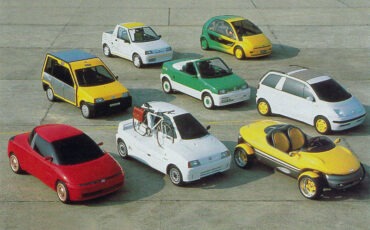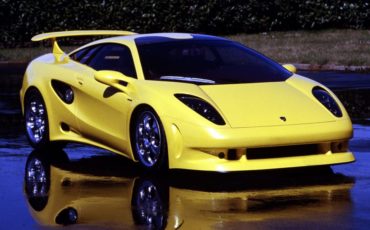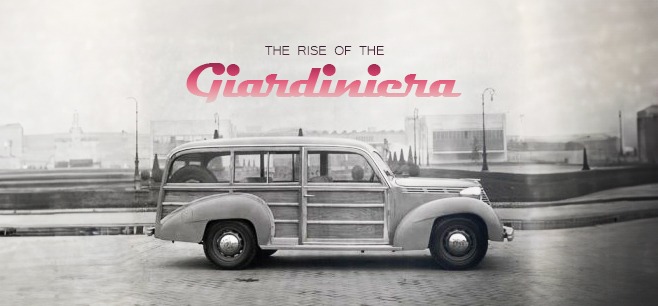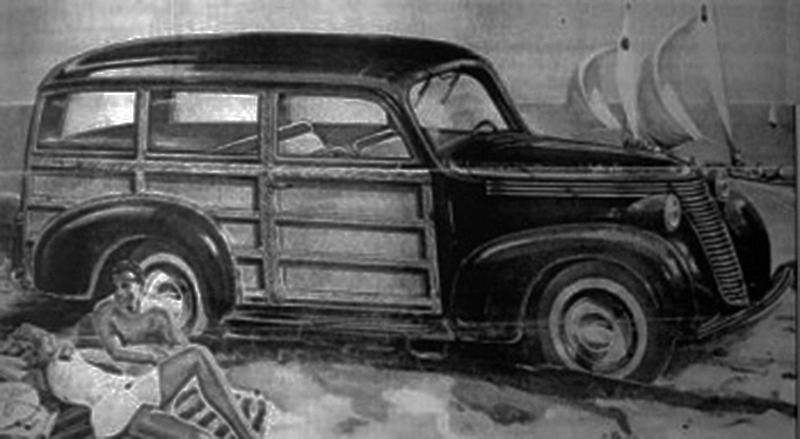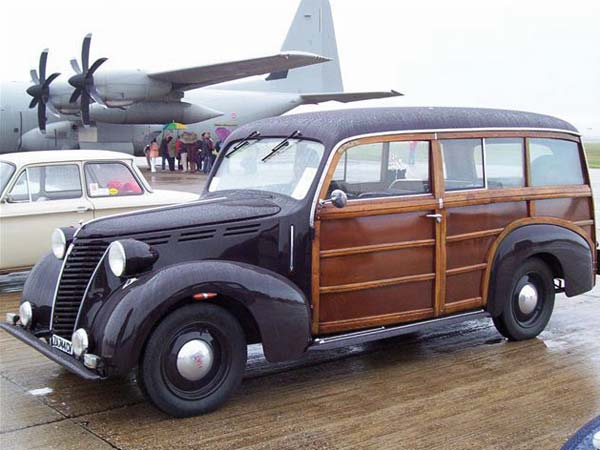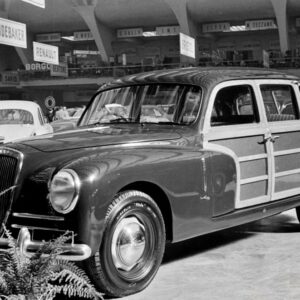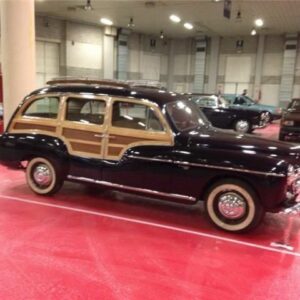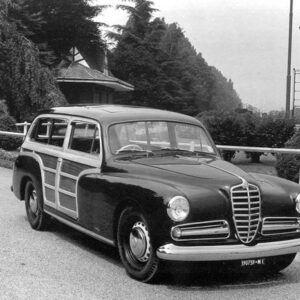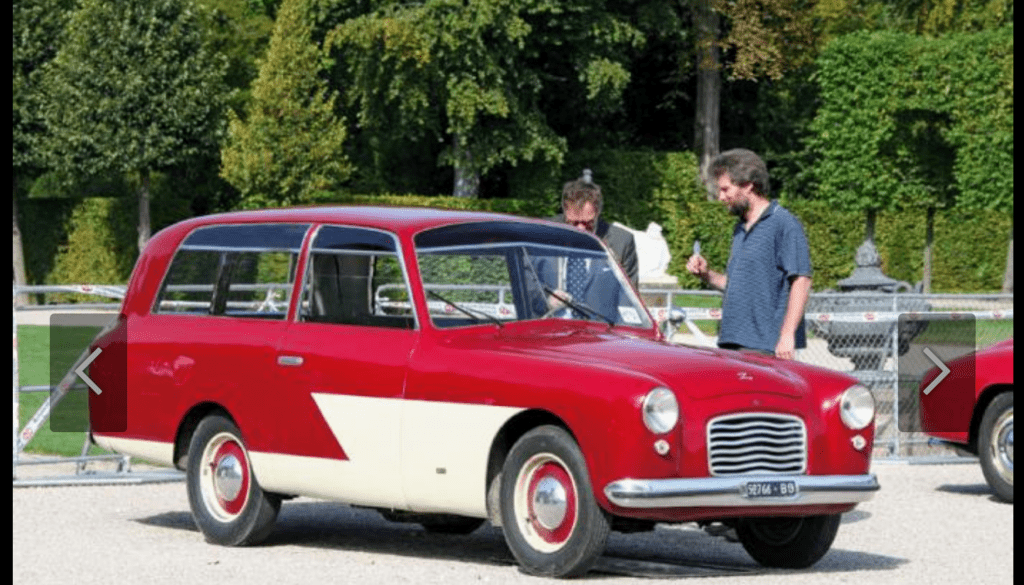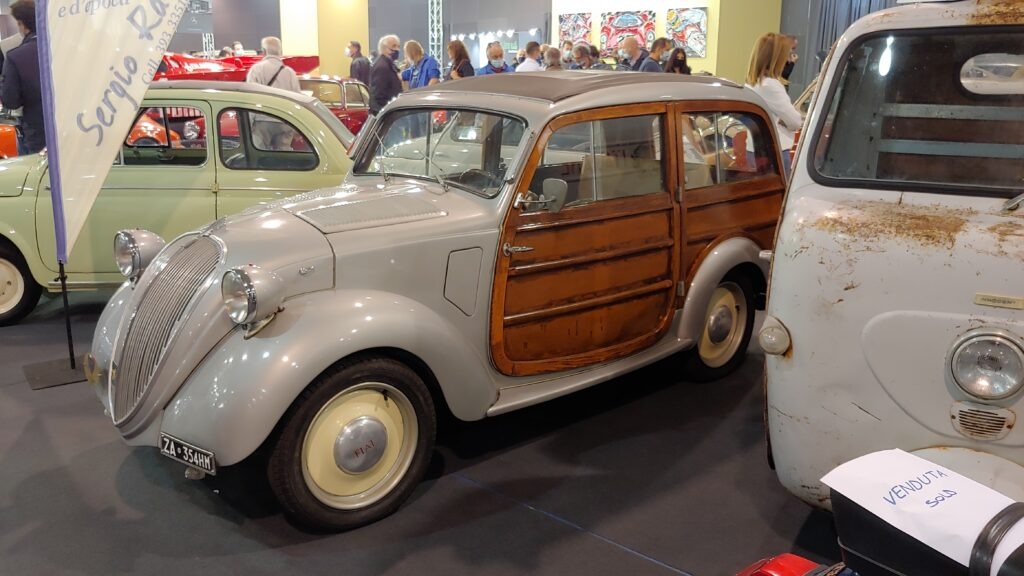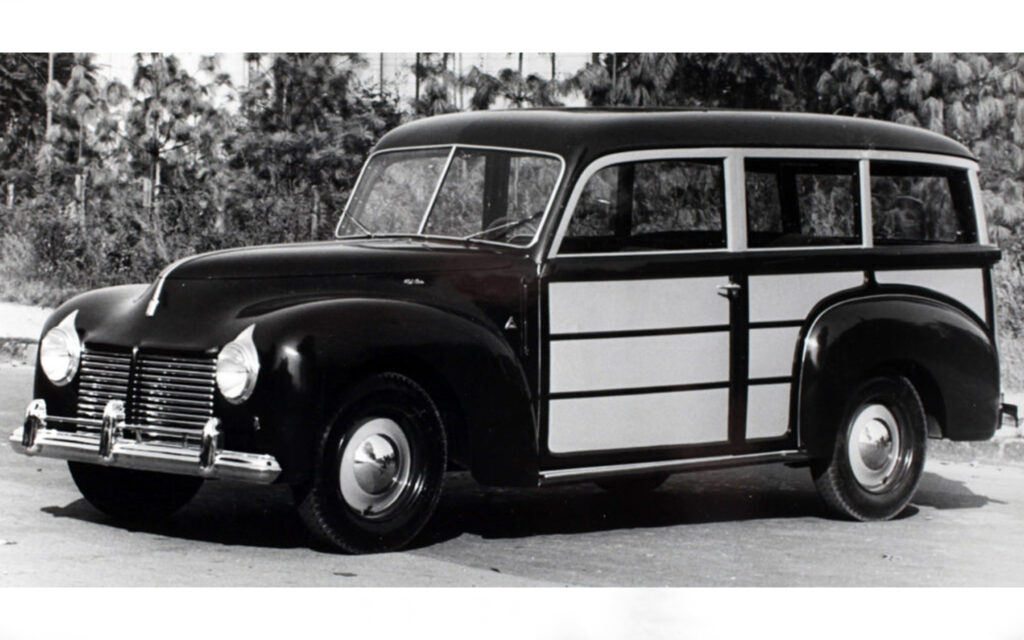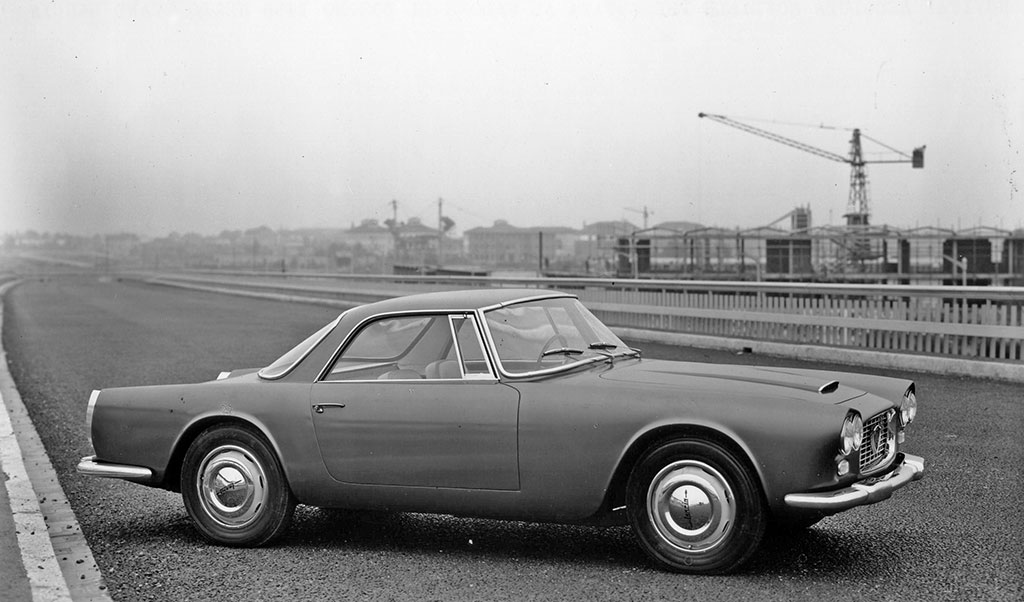
Following the substitution of the Aurelia sedan with the Flaminia limousine, Lancia was compelled to contemplate the introduction of sporty variants, those that were intended to succeed the renowned Aurelia B20 Coupe and B24 Spider; in order to do this, the Turin-based company took the path already taken with the Appia, creating a chassis that could be bodied by the best Italian coachbuilders.
As mentioned in our article dedicated to the “Flaminia Fuoriserie” the sporty versions of this model are first exhibited to the public at the 15th Turin Motor Show, which opened on November 5, 1958: there were three versions, all having the shape of coupes, very different from each other and made by three of the most highly rated Italian coachbuilders, Pininfarina, Touring and Zagato. Compared to that of the sedan, the mechanics of the three new coupes do not feature major revolutions but only a few necessary changes such as a shortened wheelbase, an increase in power, and changes in the gear and axle ratios.
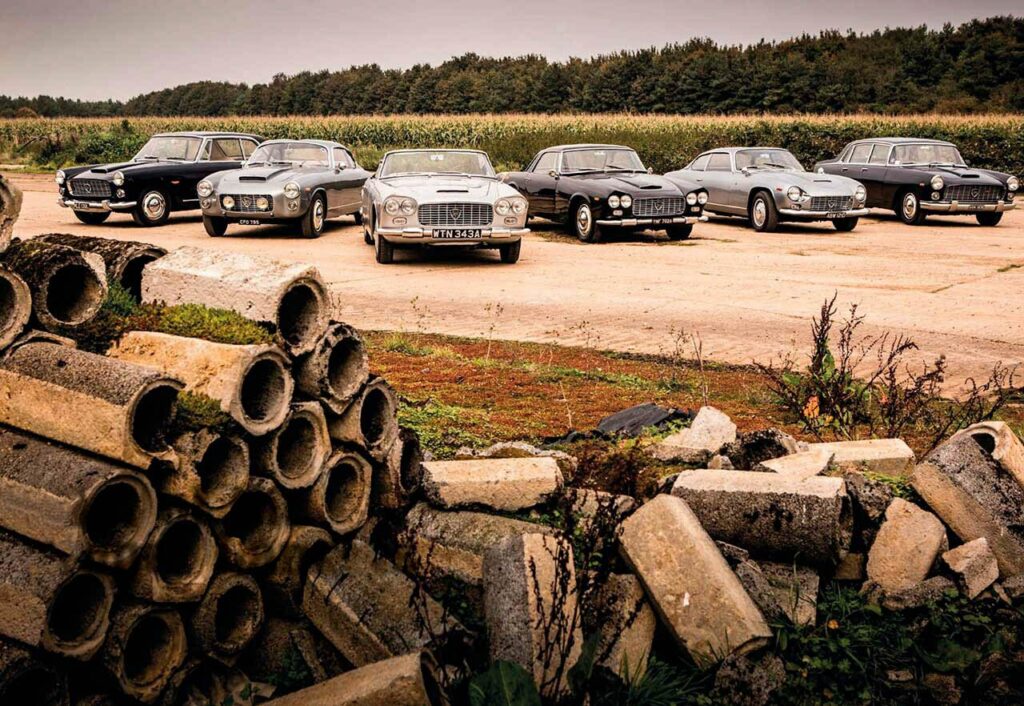
Pininfarina presented a luxurious coupe, Zagato a sporty berlinetta, and Milanese coachbuilder Touring exhibited, with its signature “Superleggera” system, a sleek, 2-seater-only coupe, characterized by twin front lights.
The entrusting of the Milanese coachbuilder, which had no relationship with Lancia since the Aprilia days, is to be attributed to the friendship between Carlo Pesenti and Gateano Ponzoni, co-owner with Carlo Felice Bianco Anderloni of Carrozzeria Touring.
The origin of the Lancia Flaminia GT
By the mid-1950s the ownership of Lancia had passed into the hands of the Pesenti Group, and it was the Flaminia that marked the new course and gave new fulfillment to Lancia drivers all over the world. The lines of the new sedan and coupe were inspired by the style of Pininfarina’s Florida “concept,” presented in 1955 on modified mechanics and chassis of the Aurelia. Carlo Pesenti almost immediately wanted to complement it with a Gran Turismo coupe version, which was followed the following year by the Convertible, with its slender, sleek and unconventional lines. A car intended for a young, wealthy clientele.
The old friendship between Dr. Pesenti and lawyer Gaetano Ponzoni, who had been a founding partner of Carrozzeria Touring together with Felice Bianchi Anderloni, probably facilitated that meeting. In early August 1958, when all the factories in Italy had just closed for the summer vacations, he received a summons from Carlo Pesenti, who proposed that he carry out a study of a new sports car. But before talking about contracts and numbers, he wanted to see the car’s figure and get a cost estimate. All within a couple of weeks.
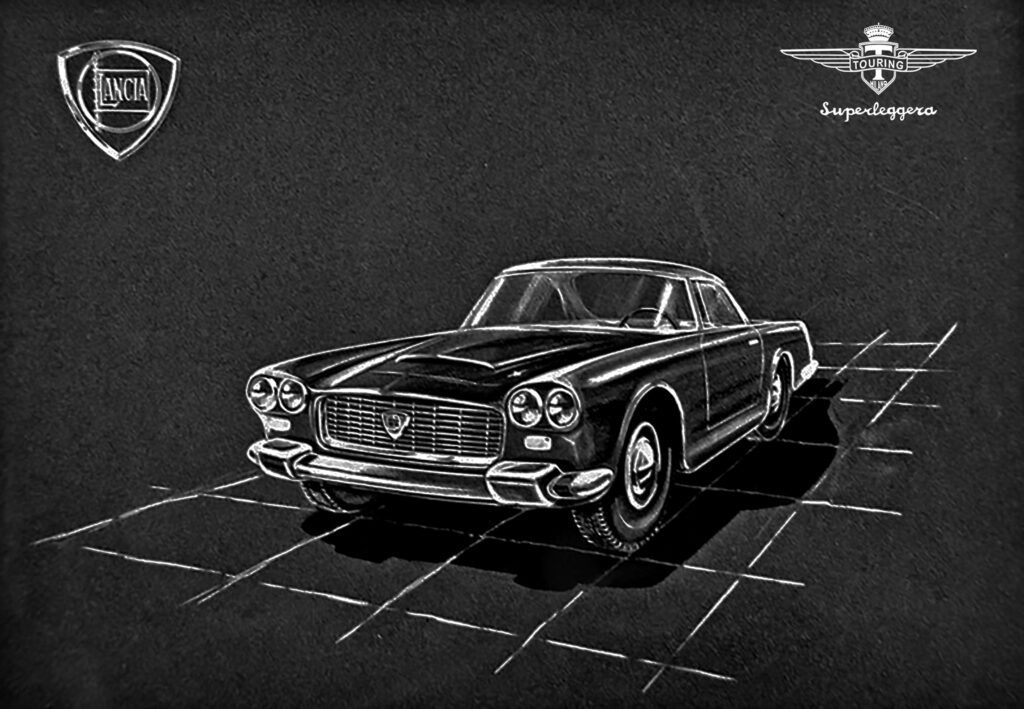
Felice Bianchi Anderloni collected the first ideas while driving along the Via Emilia (the highway was still to come) to visit his own trusted designer of the time, Federico Formenti, who was already on vacation with his family on the Adriatic Riviera. Together, on the beach, under the umbrella, they managed to develop a whole series of new concepts and make some preliminary drafts. He then returned to Milan and discussed with the new Lancia owner the ideas that had been hatched and the details to be developed. In summary, it was to be a very ” stretched” coupe, a car “for young couples on vacation.” So a two-seater (plus two only according to homologation), with the shape of the pavilion, the two rear fins and the trunk stretched very much downward.
Tecnical specifications
The trunk capacity while intentionally limited, nevertheless allowed the storage of two convenient suitcases and a “beauty-case,” with the spare tire under the trunk floor. This conformation, which cannot be imagined from the exterior, nevertheless sacrificed the capacity of the gasoline tank, which was limited to 50 liters. Especially with the later 3C version and the adoption of the triple twin-body carburetor.
A distinguishing detail was the twin front headlights fitted into the front wheel arches with a triangular motif that connected perfectly with the smooth side to connect with the rear fins. This was where the characteristic mirrored and symmetrical headlight units had been mounted, designed in such a way that they could be swapped left/right. The intention to save cost in a double set of molding equipment was evident. All the headlights were produced by Carello of Turin.
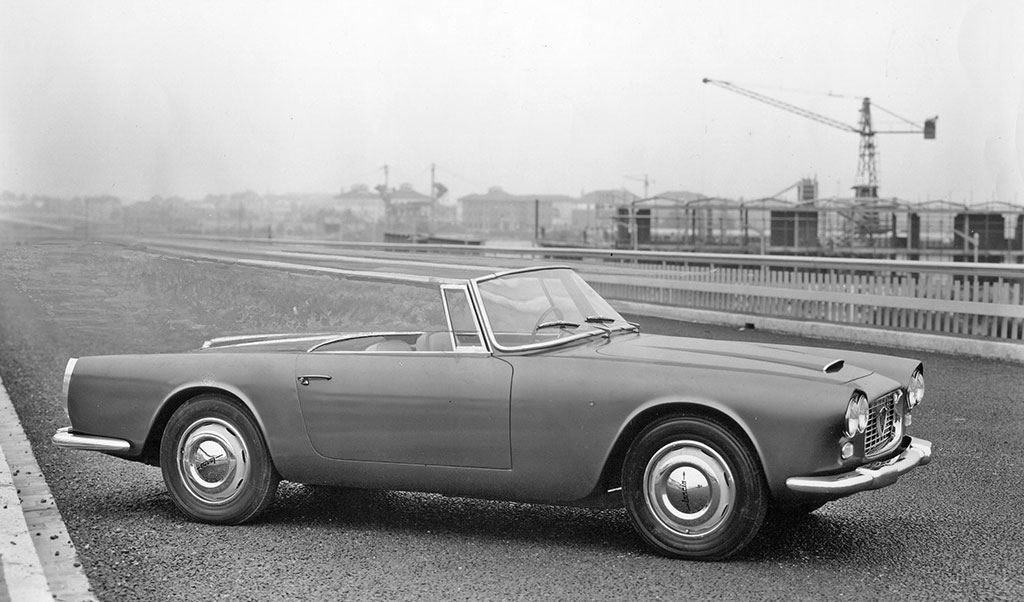
After the first sketches were shown, Felice Bianchi Anderloni was forced to travel back and forth between Milan and the Riviera Romagnola a couple more times. But by the end of August the final sketch and the most important designs were ready. The definition of the final prototype and the realization of the equipment to be able to manufacture the new car were so quick that it could be presented at the Turin Motor Show in November 1958. At the end of April 1959 the arrangements for the car’s production line were completed and so began deliveries to the Lancia factory of the new Flaminia GT, at the rate of ten to fifteen per week.
The mechanics fitted were the “classic” ones derived from the Aurelia, but with significant improvements: 60° V-shaped, six-cylinder engine; clutch-gearbox unit and differential in lock with the rear axle of the De Dion type. This arrangement of mechanical components allowed for optimal weight distribution with a very low and central center of gravity, giving the car an excellent stance and road handling. After less than a year, as with the other Flaminia models, the 2500 GT was fitted with disc brakes on all four wheels, with hydraulic power brakes.
In early 1960 the Convertible version was unveiled, as the spider or cabriolet was officially called, which could also be equipped with a hard-top, on request. In 1961 the engine was upgraded with the introduction of three double-bodied Weber carburetors, achieving an increase in engine power to 140 hp and consequently also in performance.
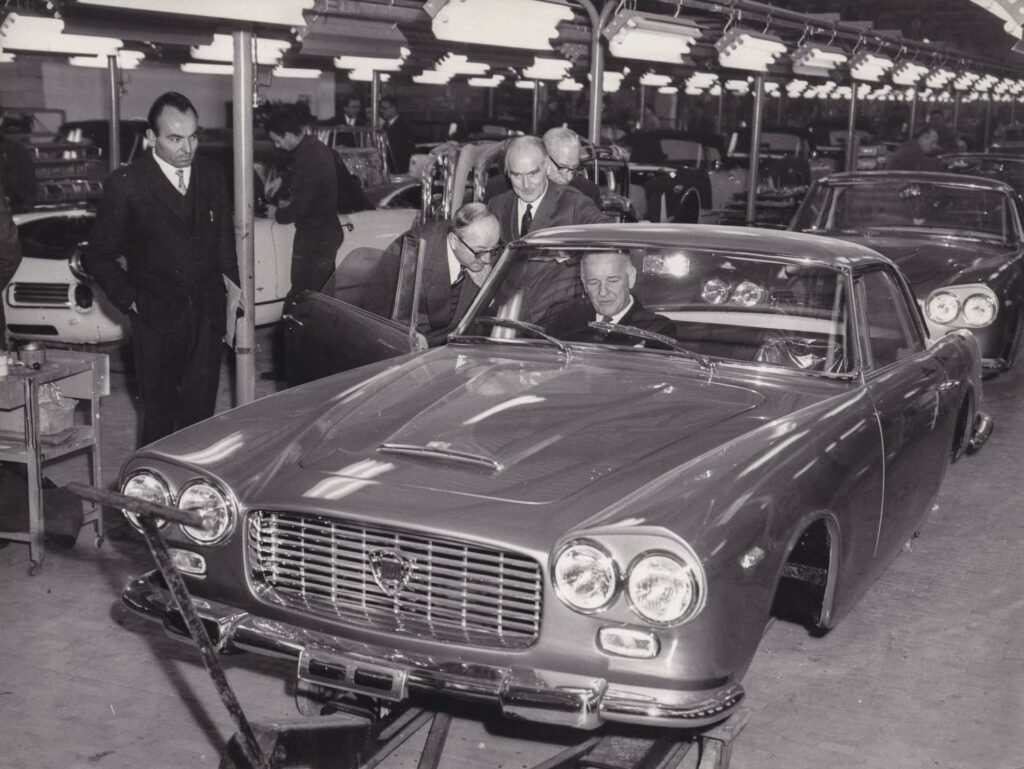
In 1961 the new Nova Milanese plant of Carrozzeria Touring was inaugurated and, as with the cars of the other brands, production of the Flaminia cars was transferred to the new ultra-modern plant equipped with, among other things, a fully automated paint shop. The assembly lines were also set up in a modern and innovative way for a car body shop of the time.
The production process of the cars in the new plant was (by mutual agreement with Lancia) almost immediately modified so as to facilitate the assembly operations of the mechanical components, and Touring began to regularly supply the Turin manufacturer with cars perfectly finished in every detail of bodywork and interior. While the mechanical organs were assembled at the Turin plants of Lancia itself.
In 1963 there was a further evolution of the engine, increased to 2.8 liters fed by three twin-body carburetors and with a definitive increase in power to 150 hp. At the Turin Motor Show in 1962 the Lancia Flaminia GT and Convertible models were also joined by the GTL, in which, thanks to a roof height modification and a different rear bench shaping, two “real” rear seats were obtained, but without altering the length of the chassis or wheelbase.
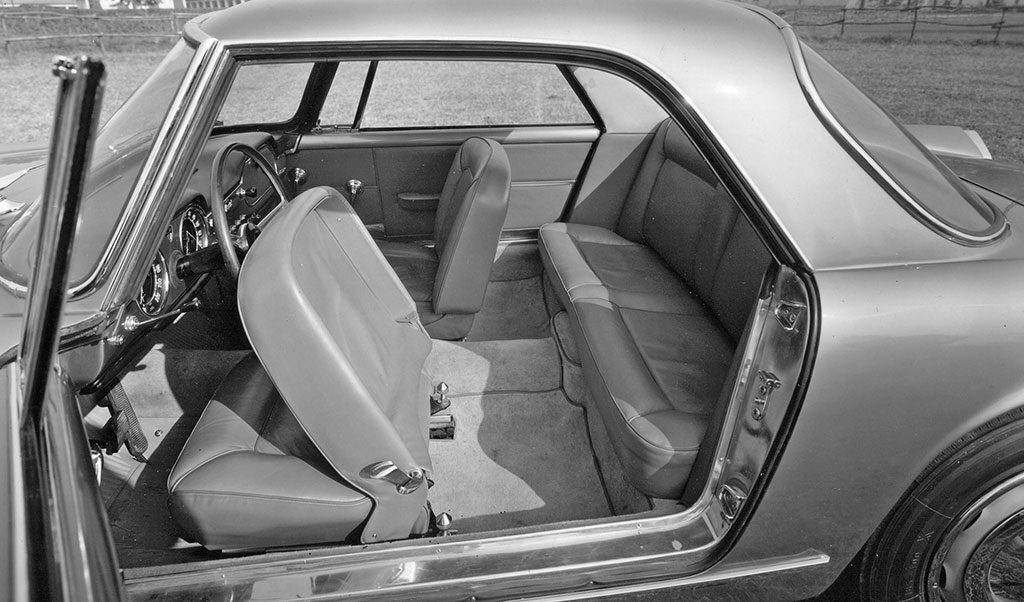
Conclusions
The Lancia Flaminia GT Touring was a commercial success, also abroad, especially in Anglo-Saxon countries, despite its relatively high selling price. The convertible was also very popular among personalities from the cultural and artistic world, including, first and foremost, Marcello Mastroianni.
Production continued until the closing of the coachbuilder at the end of 1966, but sales continued until stocks were exhausted.

